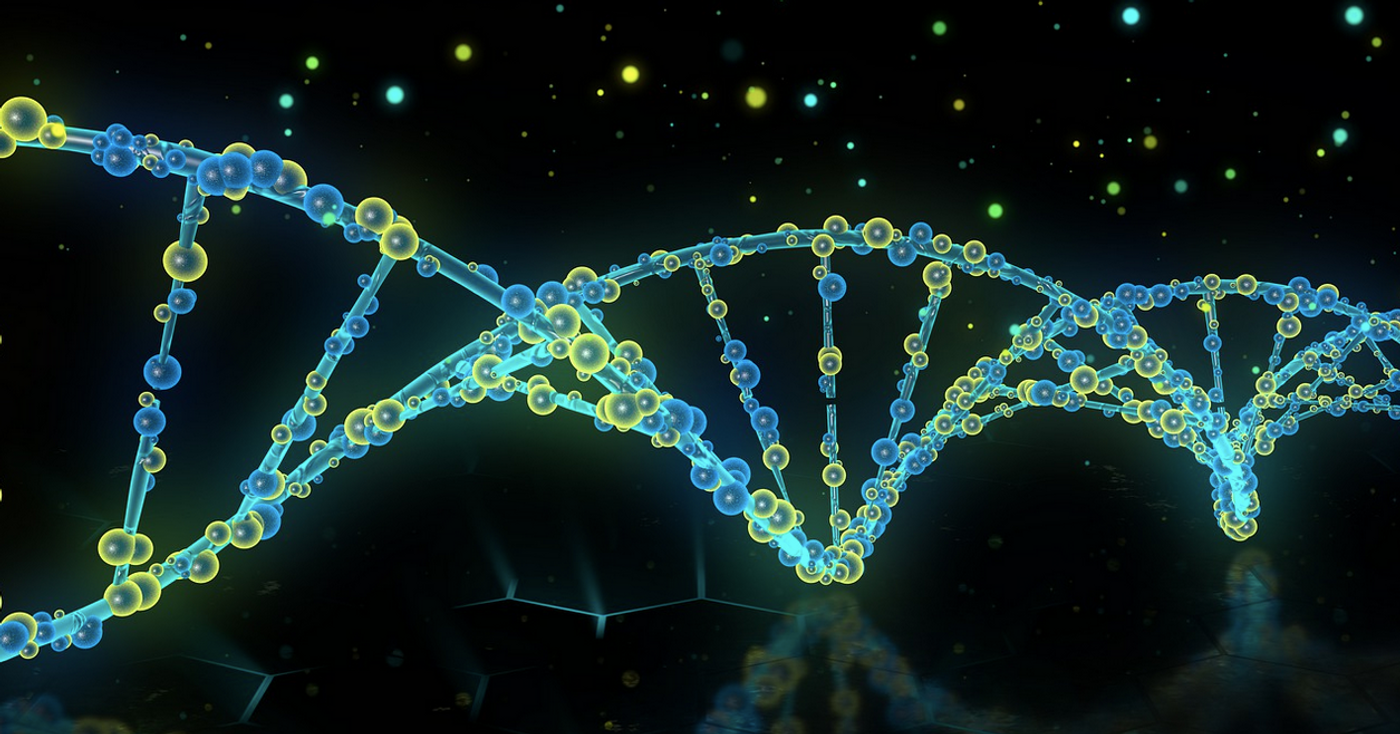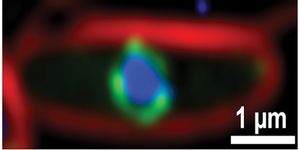Our genome is huge. It's made up of about 3 billion base pairs, and if the whole molecule was stretched to its full length, it would extend for about two meters (over six feet) So it's fairly surprising that most cells in the human body carry the full genome in an organelle called the nucleus. To make that happen, DNA has to be carefully compacted and arranged it a way that will allow it to fit inside the nucleus, yet parts of it must still be accessible to cellular machinery and enzymes when genes have to be transcribed. So the cell compacts DNA into chromosomes.
New research has shown why various parts of the chromosome can be so easy to access, even when it's compacted; it seems that outside of one part of the cell cycle, chromosomes are in a near liquid state. They can move freely, reorganize rapidly, and are not restricted by other things that are hanging out in the nucleus. The findings have been reported in Science.
In this study, magnetic nanoparticles were linked to a tiny part of a chromosome that was sitting inside of a live cell. Next, the team of researchers exposed these magnetized chromosomes to magnets. The magnetic force allowed the scientists to physically manipulate the chromosomes directly during a period called interphase, which is a non-dividing portion of the cell cycle where cells spend most of their time, and when normal cell functions are occurring.
The chromosome could be stretched out by applying a micromagnet to the outside of the cell. The scientists were able to measure how chromosomes in living cells were reacting to external forces.
The research team, from CNRS, Institut Curie, Sorbonne Université, and MIT, also observed a range of forces that naturally occurred inside of the nucleus. For example, enzymes that are tasked with copying DNA molecules exerted a physical force. These forces were found to be sufficient to change how chromosomes are structured.
Recent discoveries about the physical nature of cells, such as liquid phase separation, are changing how scientists view biological processes and the significance of biophysics.
-
APR 30, 2024Immuno-Oncology Virtual Event Series 2024
-
MAY 07, 20243rd International Biosecurity Virtual Symposium
-
SEP 03, 2024Microbiology Week Virtual Event Series 2024
- See More


















































